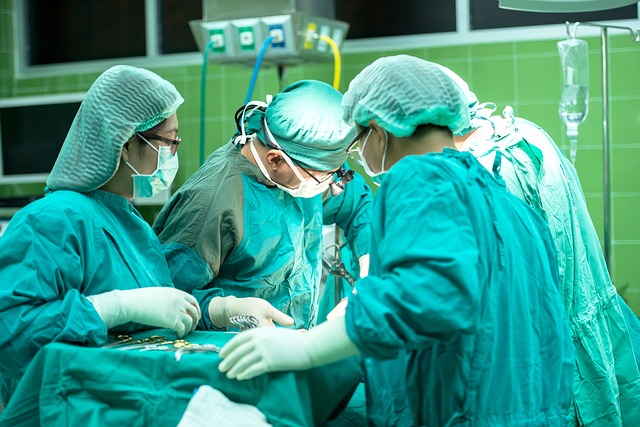Are Image-Guided Surgery Systems Safe?
As technology advances and brings in more and more revolutions in different fields, so do people’s unfamiliarity with them, which raises questions, and even a little bit of fear. Fear is always alleviated with a bit of knowledge, however. The most incredible and, for some, most mysterious of technological revolutions that have come along is that of image-guided surgery. The truth of the matter is that most people don’t even know what image-guided surgery is, but few would. Those who do not know what it is aren’t sure if it is safe to have this aid. So, what are image-guided surgery systems and are they safe to use?
First, an image-guided surgery system is used as an aid in surgery, but surgeons aren’t solely dependent on it to conduct a procedure. What an image-guided surgery system does is to use electromagnetic fields and cameras to map a patient’s anatomy so that surgeons can then be able to track exactly where they are in the body.
It might surprise some people that this is needed, at all. They are surgeon’s, after all, aren’t they? Shouldn’t they know where they are in the patient’s body? Of course, they do, but some surgeries require a precision that is almost impossible to accomplish and this approach gives an accuracy beyond anything that surgeons have had access to before. Indeed, the nature of the system is such that it’s also called surgical navigation.
In that way, it works like a person who has to drive from one end of the country to the other. The old way of traveling across great distances and having to navigate across an entire nation meant the use of copious maps. Many out there remember the experience of using papers maps or remember their parents or grandparents using them.
That approach meant getting into the car and then having the person in the passenger seat consult on a big paper map every half-an-hour or so to determine if they were still going the right way. All too often, that vehicle would end up stopped by the side of the road while the entire family tried to figure out where they were!
Today, not only are maps available on smartphones, people have the option of being able to have an assistant tell them when to turn right or left! This has made driving long distances and in unfamiliar place much easier, and is not at all that different from what image-guided systems do for surgeons.
Just as a person relies on GPS to navigate the globe, a similar system is used to help surgeons navigate a person’s body. This is accomplished by way of MRI or CT scans in most cases. It’s those scans that are able to create a 3D map of a person’s body.
That precise map allows a surgical team many advantages over traditional ways of doing surgery. First, they have that map of a person’s body, rather than a generic map that is a general guide to anatomy. This is an improvement on the original as every person is different. So, rather than going into unfamiliar territory, surgeons know exactly where they’re operating, where is the best place to make an incision, and exactly where they need to go. Most importantly, an accurate map helps them to know exactly where not to go, as well.
So, are image-guided surgery systems safe? Not only are they safe, but they greatly increase the chances of a successful surgery being performed. Patients shouldn’t be concerned about image-guided surgery; they should be demanding it! As this technology becomes more widely used, they probably will be, too.
Even though it’s still relatively new, there are already new forms of image-guided surgery systems that eliminate any emission of radiation, as well. Image-guided surgery is becoming more efficient, faster, and better for both the surgeon and the patient.
The only real difference in image-guided surgery from hospital to hospital it that of the exact type of system the surgeons are using. This is the only thing that a person might want to check into by asking their surgeon what type of image-guided surgery system they are using. Being aware of which ones are the better ones, which ones are radiation-free, and so on, is not a bad thing to know. Once a person knows what system is being used, they might want to do a bit of research online to find out if the system is considered to be a good, reliable one.
Overall, not only are image-guided surgery systems safe, they are likely to become as commonly seen in surgery rooms as scalpels! This form of guided surgery increases the chances for a successful surgery and informs the surgical team about what they need to know most: their patient.

